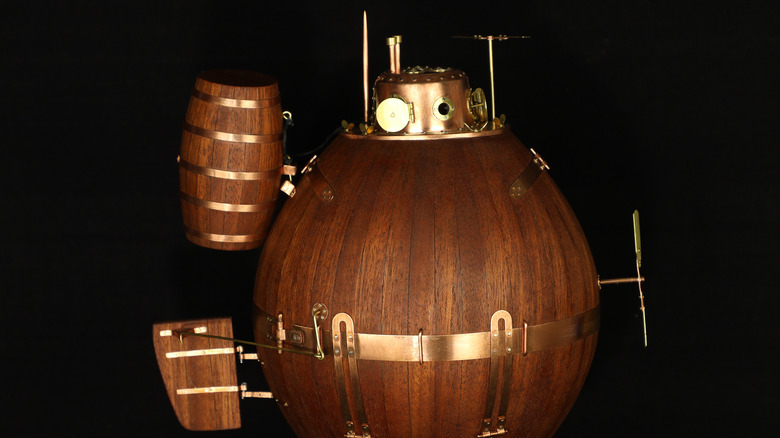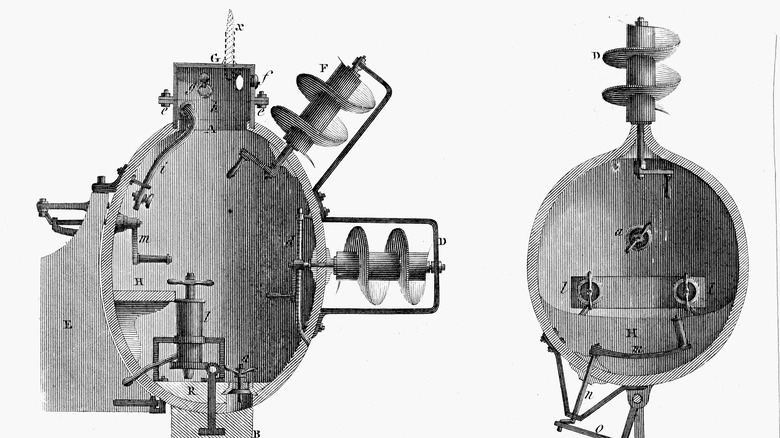
Olga Oggi/Shutterstock
The musket fire that rang out and broke the tension at Lexington on April 19, 1775, became the «shot heard round the world» and kicked off a revolution — The American Revolution. The famous war saw 13, ill-equipped and unprepared colonies take on the preeminent super-power of the day: the British Empire. The empire and its colonies stretched from India, the Caribbean, and North America.
The British occupation was small, with only 8,500 troops in North America at the time. It was the British Navy however that made the empire possible. Commanding a fleet of 270 warships led by the best-trained officers and sailors in the world, the British navy was the largest in the world and dominated the world’s oceans and seas. In comparison, the Continental Navy stood at 27 warships as of 1776 and had little hope of posing a threat. Something innovative and different was needed to give the colonists a chance at contesting British control of certain waterways. That something would prove to be David Bushnell and his ‘Turtle.’
What was David Bushnell’s creation?
Connecticut-born and Yale-educated (he was actually in his final year of college when the Revolution started), David Bushnell had discovered that gunpowder could be used underwater with the right delivery system. The outbreak of war after clashes at Lexington and Concord galvanized Bushnell to create a system to help the patriot cause. If he could develop the right platform, then the colonists could fight British blockades. Bushnell’s platform would be the first combat submarine.
The construction of Bushnell’s submarine began sometime in 1775. It was constructed of six-inch thick, shaped oak boards, wrapped with iron bands and sealed with caulk. The vessel was outfitted with several innovations that made it a true submarine. These included a water-based ballast to raise and lower the sub, a front-mounted, hand and treadle-powered propeller to move the craft, and a propeller on the top to help with ascensions. The operator sat on a beam that braced the craft and only had about a half hour’s worth of air when submerged. Bushnell described his completed submarine as «resemble[ing] two upper tortoise shells of equal size, joined together.» Thus, the Turtle was born.
The Turtle had a lasting impact

Print Collector/Getty Images
The Turtle embarked on its first voyage to sink a British ship on Sept. 6, 1776. Bushnell’s target was the H.M.S. Eagle, a 64-gun flagship of Admiral Lord Howe anchored just north of Staten Island, New York. Manned by Ezra Lee, the mission was a failure when Lee could not attach the 150-pound keg-shaped mine to the hull of the British ship. Several other attempts were made, all resulting in failure. British ships sank The Turtle on October 9, 1776. Though the Americans recovered it, there would be no further missions.
David Bushnell and his Turtle brought to life concepts first touched on by Leonardo da Vinci. Ballasts, propulsion, controlled diving, and the ability to «torpedo» an enemy vessel all found their way into the abilities of The Turtle. Though unsuccessful in its various attempts to sink British ships, the first combat submarine laid important groundwork for those yet to come, such as the H.L. Hunley and the U.S.S. Nautilus. Bushnell and The Turtle left a legacy of naval innovation and one that was only silenced by the limitations of technology.